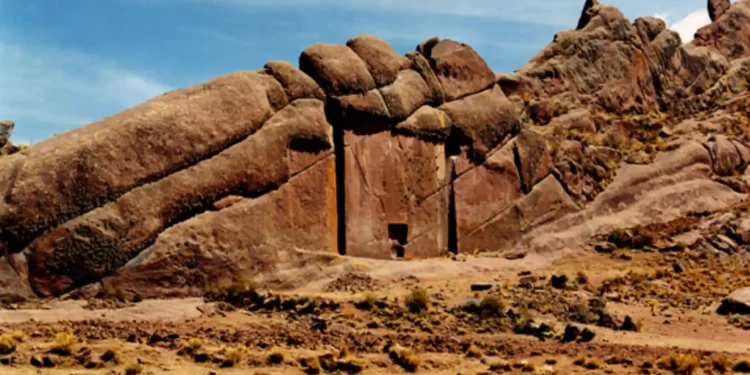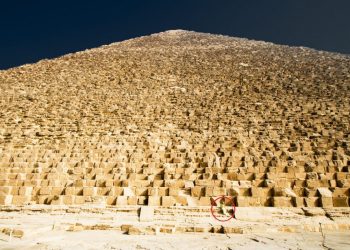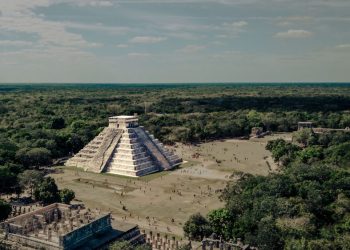There are certain ancient doorways that lead nowhere. They are a mystery. Across mountainsides, deserts, and sacred sites, ancient builders created doorways that don’t open and lead to nothing. These stone-carved portals appear all over the world, yet they have no physical function. They aren’t entrances to temples, homes, or chambers. They exist without rooms, paths, or practical use. So what purpose did they serve? Were they built to communicate with the spiritual realm, mark celestial alignments, or represent something entirely beyond our modern understanding?
This is not a singular cultural phenomenon. These mysterious doorways appear across continents and civilizations—many with no known contact. From Neolithic dolmens in Europe to Andean cliffs in South America, from Egyptian tombs to the prehistoric pillars of Göbekli Tepe, the same pattern emerges: framed stone openings built with purpose, yet used for nothing visible.
Let’s explore what we know, what we can theorize, and what these structures may reveal about the forgotten knowledge of the ancient world.
A global mystery: Ancient doorways that lead nowhere
Puerta de Hayu Marca: A carved threshold to the unknown
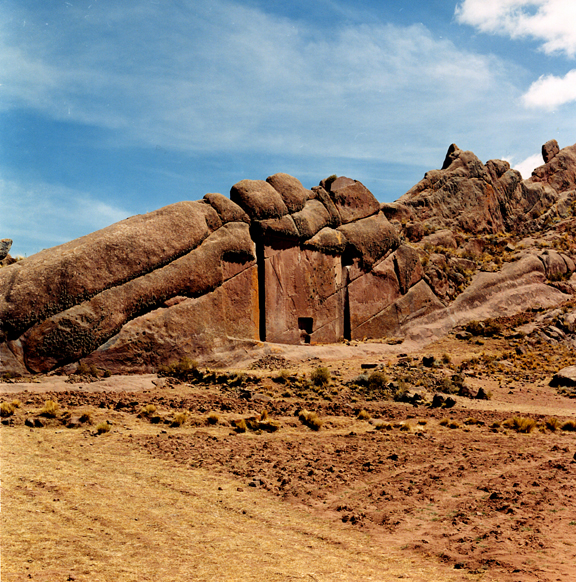
In the southern Peruvian highlands, near Lake Titicaca, there is a massive, mysterious stone carving known as the Puerta de Hayu Marca — also called the Stargate of Aramu Muru in local legend. Measuring over seven meters wide, it includes a smaller recessed niche at its center.
There are no carvings or inscriptions to explain its purpose. Local oral traditions describe it as a sacred site used by Incan shamans to access other realms, with legends involving a golden disk activating the portal.
Although mainstream archaeology does not confirm these mystical uses, the sheer precision and scale of the carving, created without apparent structural function, point to a symbolic or ceremonial role — perhaps as a ritual threshold or site of spiritual passage.
Ancient Egypt’s false doors: Passages for the soul
In Egyptian funerary architecture, the “false door” was a key symbolic element. These carved panels were placed on tomb walls and designed as points of contact between the living and the dead.
The soul, or ka, was believed to pass through these symbolic portals to receive offerings and engage with the physical world. Though richly inscribed and iconographically dense, these “doors” were non-functional — never meant to open in the physical sense.
Instead, they served as metaphysical interfaces, built to honor the dead and maintain cosmic balance in the afterlife.
Neolithic dolmens: Solar-aligned portals of stone
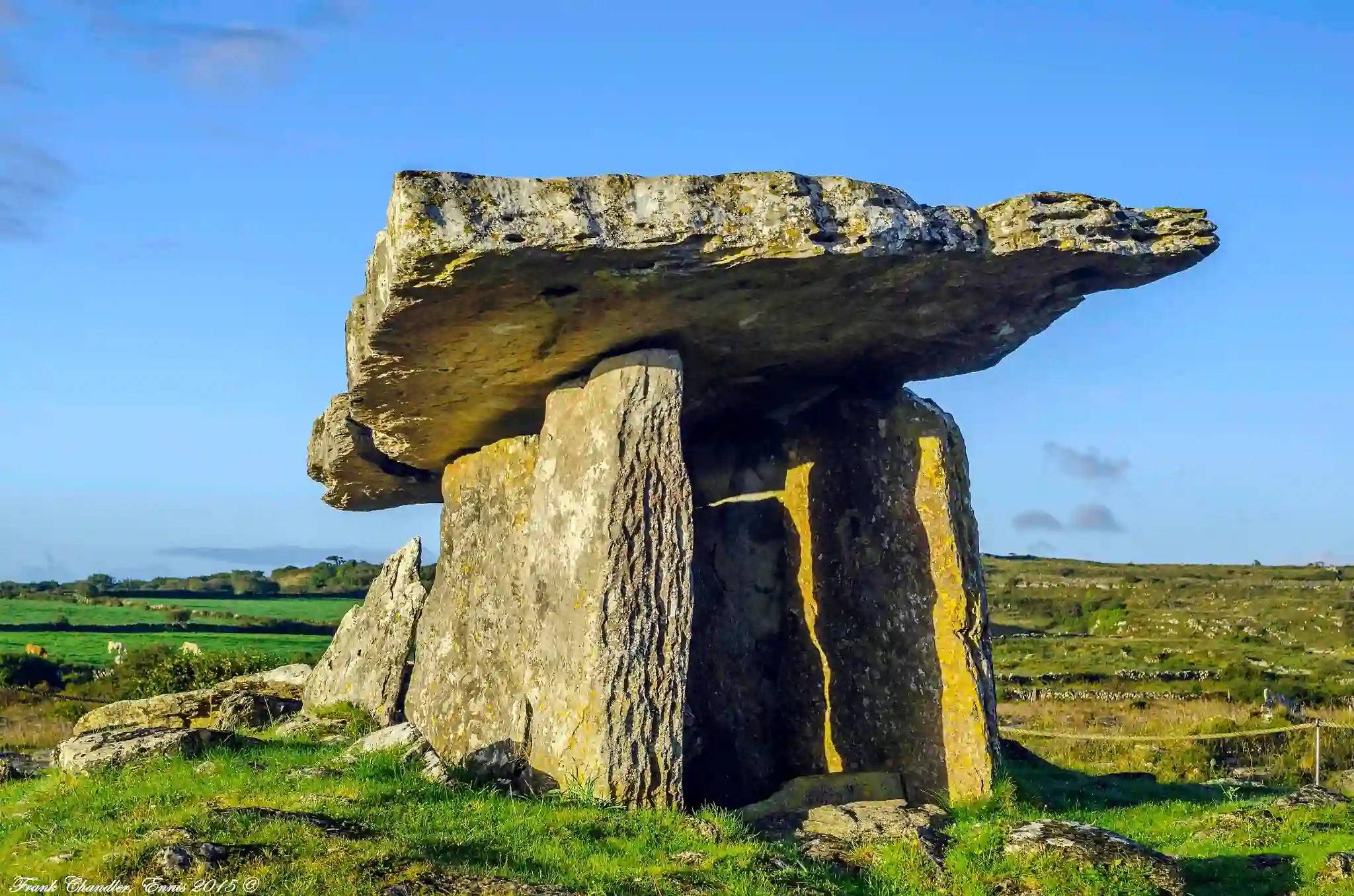
Across prehistoric Europe, dolmens — megalithic tombs formed by massive stone slabs — often include framed openings resembling doorways. These were not built to admit people, but rather appear to frame space symbolically.
Many are oriented toward specific solar events, such as the rising sun on the winter solstice. This alignment suggests a deliberate connection between death, burial, and cosmic cycles.
Rather than protective or practical, the door-like features of dolmens likely served as ritual markers — aligned with the sun, the seasons, and spiritual beliefs about rebirth and transition.
Petra’s sealed facades: Stone doors to eternity
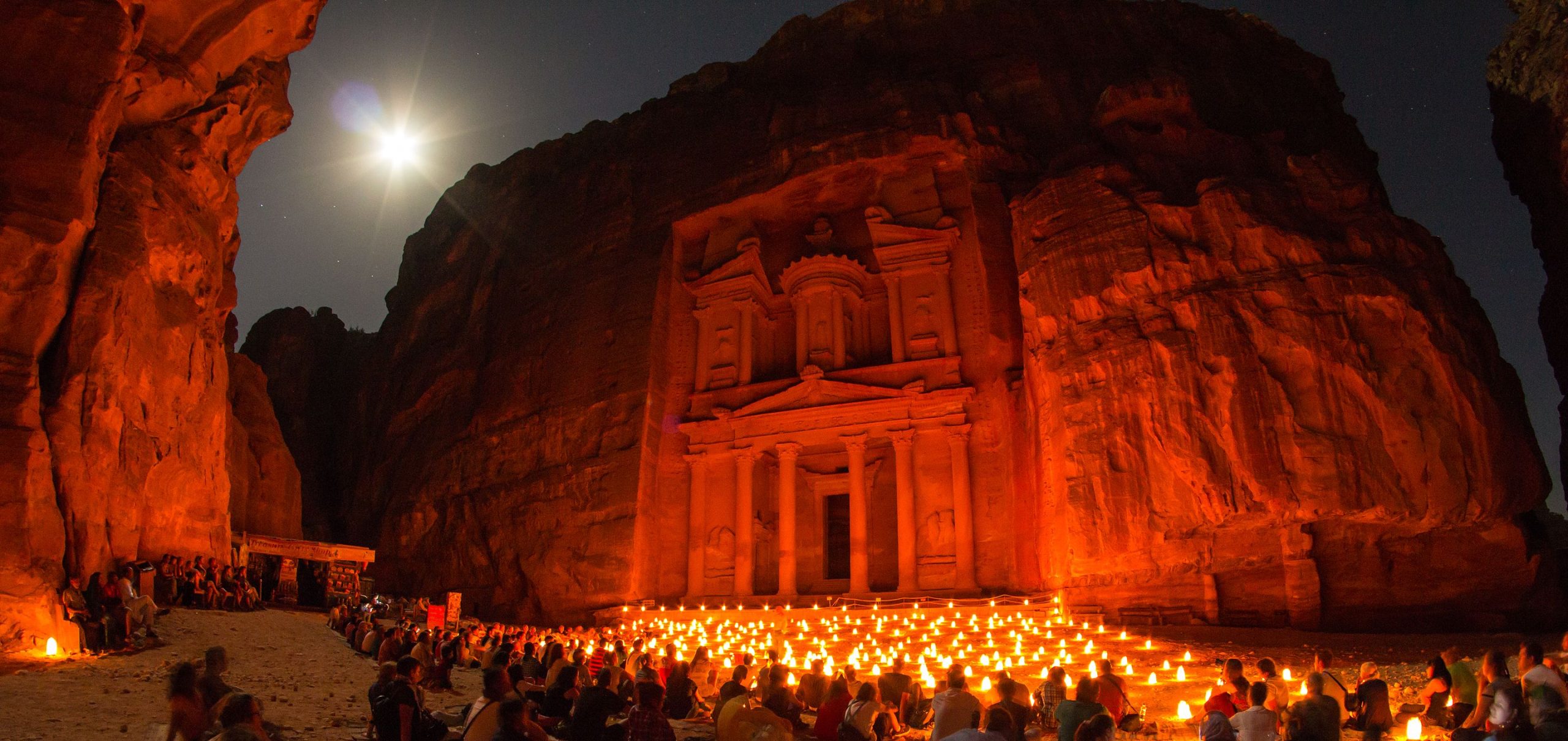
In Jordan’s ancient city of Petra, many of the rock-cut tombs display elaborate facades with recessed door-like forms. Some of these are actual entrances, while others are purely visual — sculpted into the stone without any internal chamber behind them.
These sealed “doorways” are believed to symbolize the passage from life to death or to represent the presence of the divine. Unlike functional architecture, these facades were meant to be seen, not used.
Their role appears to be spiritual, ceremonial, and deeply symbolic — part of a broader Nabataean belief system that fused Hellenistic design with local cosmology.
Göbekli Tepe’s monolithic T-pillars
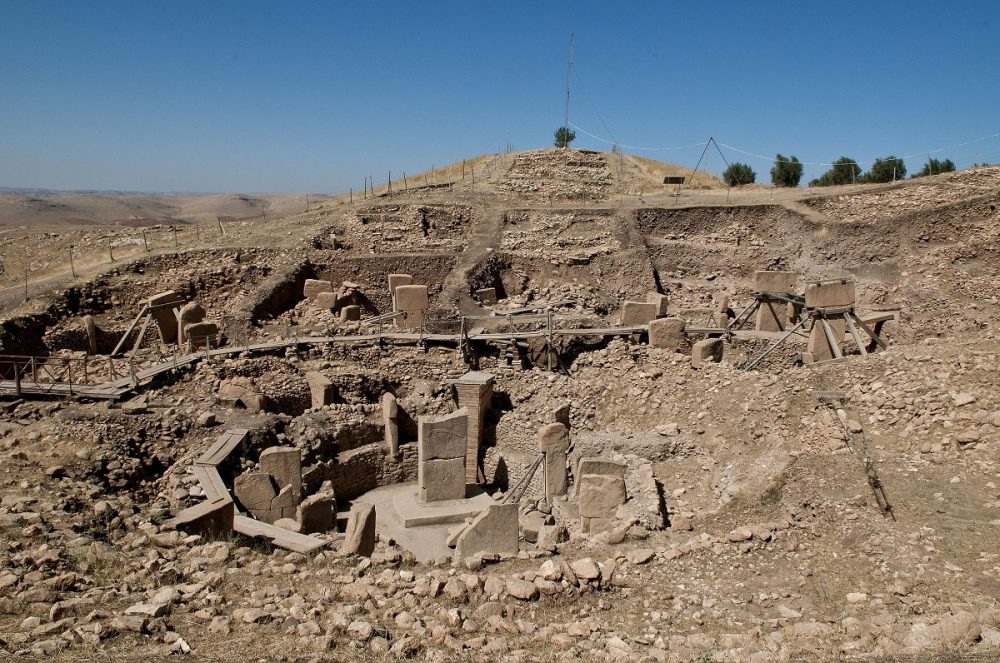
Atop a hill in southeastern Turkey stands Göbekli Tepe — the oldest known ritual complex in the world, dating back to around 9600 BCE. Its architecture doesn’t include doors in the traditional sense, but what it does contain may have served a similar symbolic purpose.
The site features massive T-shaped limestone pillars arranged in circular enclosures. Each circle has two central pillars flanked by others, forming a kind of ritual space. These central monoliths are carved with human-like features — arms, hands, belts — suggesting they may represent deities, ancestors, or cosmic beings.
While there are no literal entrances or doorframes, some researchers interpret the positioning of the pillars as symbolic gateways — thresholds between the human and divine, or between life and death. The enclosures themselves are not domestic or defensive, but ceremonial in nature.
The layout and orientation of these enclosures also suggest astronomical alignments, leading to the idea that the builders were marking sacred directions or transitions in time — solstices, celestial events, or moments of spiritual transformation.
Rather than functioning as doors in a structural sense, Göbekli Tepe’s pillars may have represented non-physical passageways: between worlds, between states of being, or between human consciousness and the cosmos.
Built with precision, not utility
These doorways are not rough or incidental. Many are cut with advanced techniques—into hard bedrock, with symmetrical lines and smoothed surfaces. Some align with solar and magnetic phenomena. Others are located in acoustically resonant areas or geological hotspots with high natural energy.
Despite this, there are no signs of wear. No footpaths. No hinges or residue from torches. In some cases, the doorways were clearly never meant to be used at all.
This level of effort and planning, for a structure that serves no practical function, suggests a deeper symbolic purpose.
Theories and interpretations
These ancient doorways that lead nowhere raise profound questions. Why did different civilizations build the same type of symbolic architecture, despite being separated by oceans and time?
1. Spiritual thresholds
Across cultures, doorways often represent transitions. Life to death. Known to unknown. Earth to sky. These ancient “false” doorways may have served as spiritual gateways, allowing the soul to pass through or divine entities to enter sacred space.
In this theory, the door isn’t meant for physical movement—it’s a ritual object, a symbolic threshold designed for metaphysical passage.
2. Stargates and cosmic access points
Some alternative researchers propose that these structures were stargates—places where humans attempted to interact with other dimensions or cosmic intelligence. Their locations often align with solar, lunar, or magnetic anomalies.
While mainstream archaeology doesn’t support literal stargates, the consistency in placement and alignment hints at a complex understanding of celestial movement and its connection to human ritual.
3. Markers of altered states
There’s growing interest in how ancient cultures used sound, plants, and sensory deprivation to enter altered states of consciousness. Many of these doorways are near caves, cliffs, or valleys where sound reverberates powerfully.
Could these spaces have been designed to guide rituals that involved shifting awareness—using architecture as a psychological tool?
4. Architecture as a metaphysical symbol
Some researchers believe these doorways weren’t meant to be used at all — they were meant to say something. Not in words, but through shape, placement, and presence. Carved into stone by our ancestors, they might reflect ideas about death, rebirth, the universe, or things we still don’t fully grasp.
It’s a concept that shows up in sacred geometry too — where form isn’t just structure, it’s meaning. A symbol, not a tool.
And maybe that’s what we’re looking at. In a world where we measure everything by function, these doorways challenge that. They didn’t keep people out, and they didn’t let anyone in. But they made people stop. Wonder. Ask.
Why would ancient cultures spend so much effort carving something that leads nowhere?
Maybe it wasn’t about where they led — maybe it was about what they made you feel. Maybe they were never meant to be opened. Just noticed. Just remembered.



